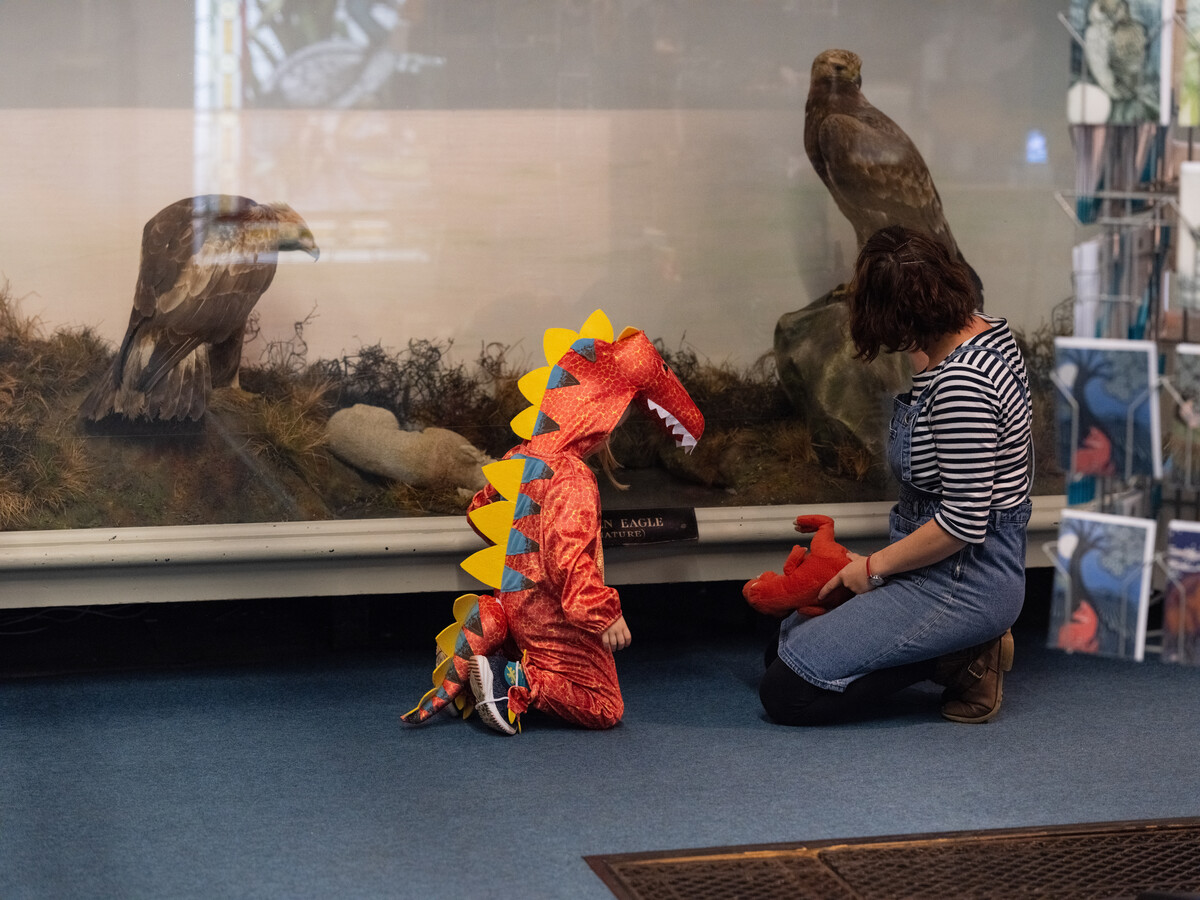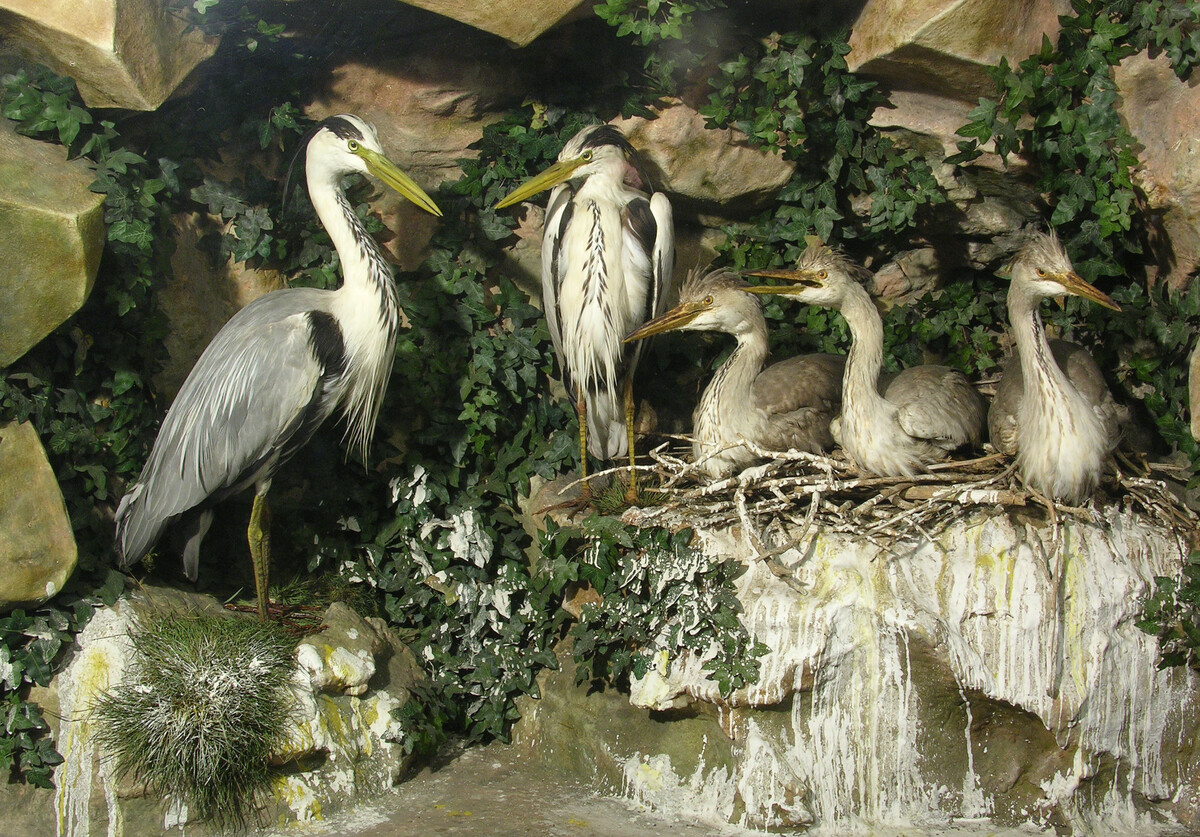
Birds

Enjoy a floor-to-ceiling display of taxidermy birds, each species displayed in a unique recreation of its natural habitat.
Edward Booth’s ambition was to collect an example of every species of British bird and it was to house this growing collection that, in 1874, he built this museum in the grounds of his home in Dyke Road.

Developing the diorama
Booth pioneered an innovative way of displaying stuffed birds and animals. By providing his taxidermist with both the bird and a simple painting of its surroundings in the wild, he developed what became known as environmental ‘dioramas’. The stuffed birds were displayed in traditional glass cases, but against a backdrop that recreated their natural habitat, an idea that was later adopted by leading museums around the world.
Today, you can see more than 400 of his birds displayed at the Booth Museum. Some are very familiar, others less so. They range from tiny goldcrests to birds of prey, including harrier hawks, a rare osprey and a trio of majestic golden eagles. In between, there are wrens, larks and colourful woodpeckers, owls, a heron and many more. Although birds are all around us, we rarely see them up close, which is what makes these displays so striking.
Slideshows, facts and figures
The dioramas are stacked from floor to ceiling, but slideshows offer a clearer view of some of the cases that are difficult to see, making them more accessible to children in particular. You’ll find information labels for each bird, giving details of their habitat and nest sites (some species are shown with their young). Booth also noted when and where each bird was taken and whether it was native to the UK or migratory, just spending part of the year here.